Fierce Political Storm Erupts as U.S. F-35 Fighter Jet Deal Sparks Opposition Fury in India
The offer to sell F-35 fighter jets to India comes at a time when Russia is also proposing not only the sale of its fifth-generation Su-57 Felon fighter jets to India but also a joint production arrangement for the aircraft in the South Asian nation.
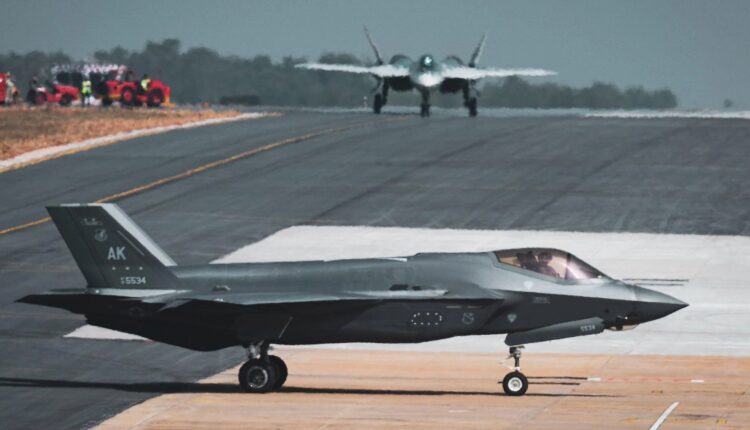
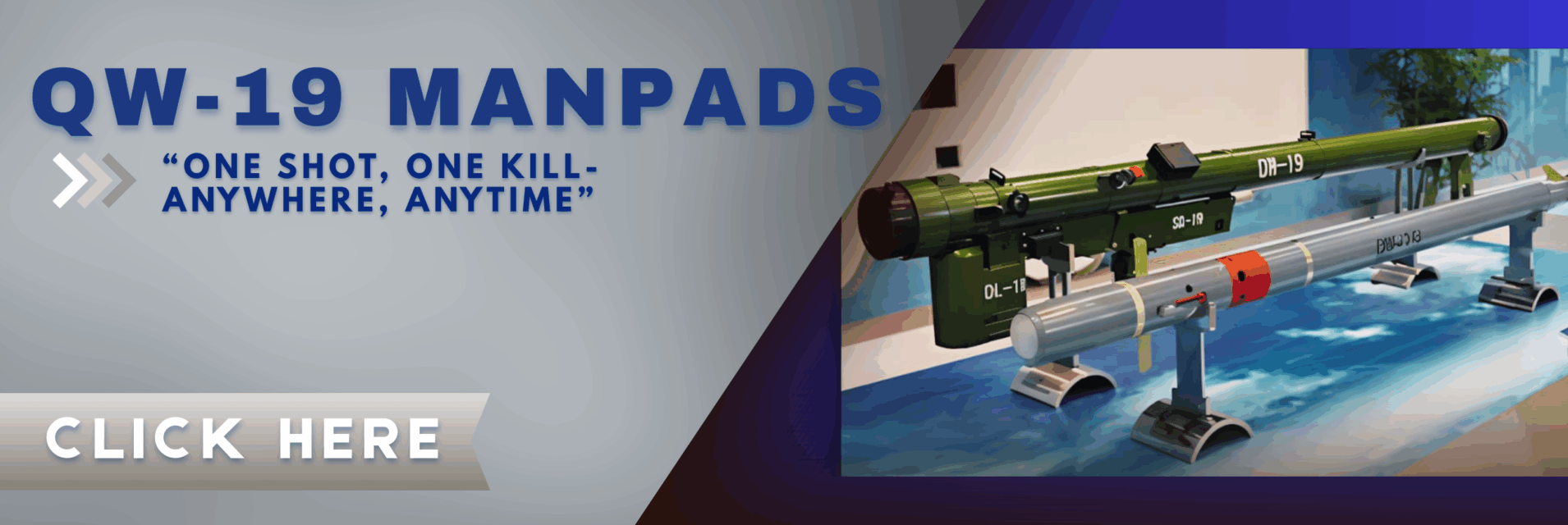
(DEFENCE SECURITY ASIA) –India’s opposition parties have launched a fierce attack on the proposal to sell the cutting-edge F-35 Lightning II fighter jets to the country, condemning the deal as an exorbitant misstep riddled with the persistent flaws of American engineering.
They warn that the costly warplanes, plagued by operational setbacks, could become a burdensome liability rather than a strategic asset.
The fierce contest for India’s air dominance has reached a fever pitch as Russia storms into the arena with a bold counteroffer—unleashing its formidable fifth-generation Su-57 Felon and dangling the prospect of a game-changing joint production deal on Indian soil.
With global superpowers vying for influence, the stakes have never been higher.
New Delhi now stands at a crossroads, forced to navigate a treacherous geopolitical battlefield where every decision will shape its strategic future and redefine the balance of power in the skies.
The competing offers from the United States and Russia for fifth-generation fighter jets coincide with the Indian Air Force’s (IAF) declining squadron strength, which has dropped from 42 to just 31.
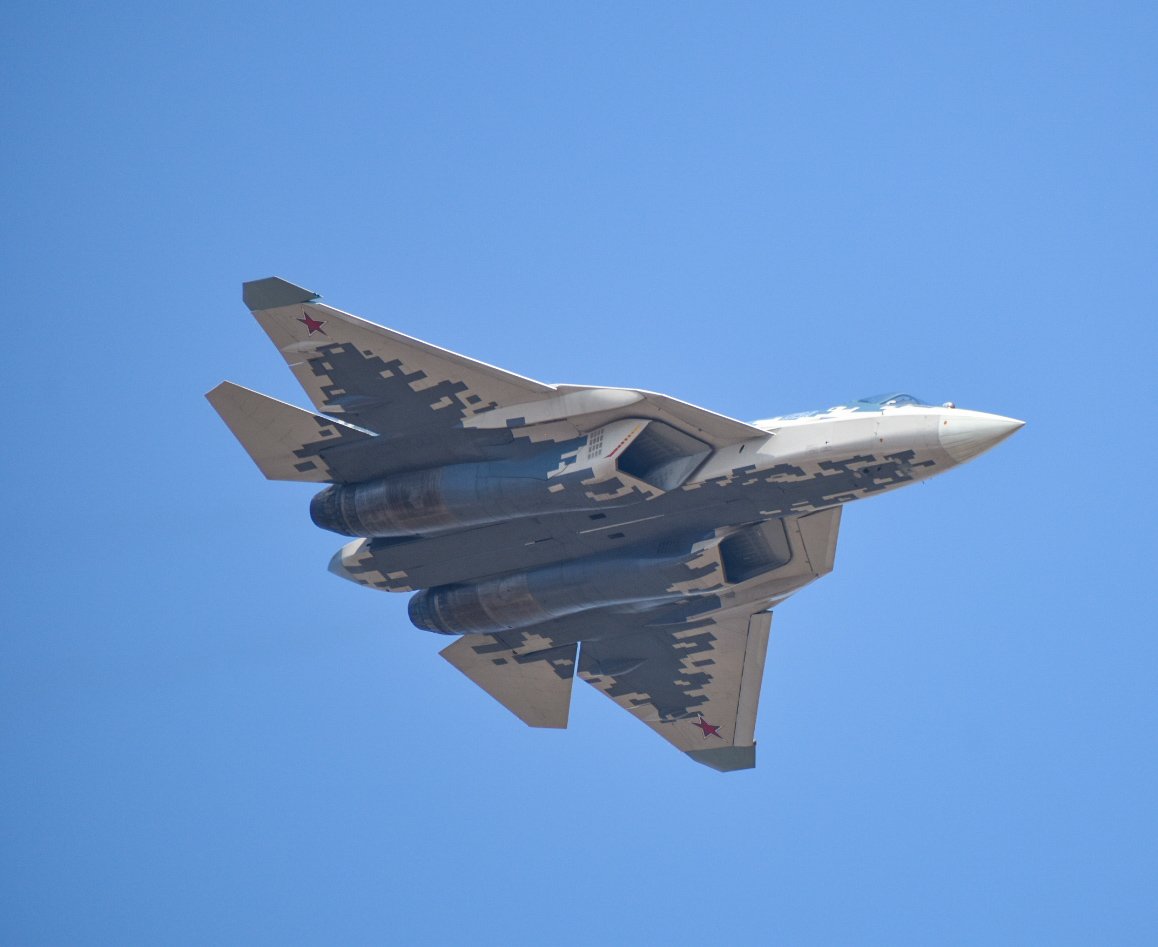
During his high-profile visit to the White House, Indian Prime Minister Narendra Modi was presented with a game-changing proposition—then-U.S. President Donald Trump personally offered India the coveted F-35 fighter jets, a symbol of America’s cutting-edge airpower.
Trump declared that the deal was more than just a sale—it was a strategic move to cement U.S.-India defense ties while propelling American arms exports to new heights.
The offer, laden with geopolitical implications, signaled Washington’s intent to reshape the balance of power in the Indo-Pacific.
“We will increase military equipment sales to India by billions of dollars. We are also paving the way to eventually provide India with F-35 stealth fighters,” Trump said.
India is in a relentless quest to fortify its fighter fleet, driven by the urgent need to counter the growing aerial might of its two formidable adversaries—China and its long-time nemesis, Pakistan.
Both nations are rapidly advancing their air power, deploying cutting-edge fifth-generation war machines like the J-20 Mighty Dragon and the stealthy J-35A, threatening to tilt the regional balance of power.
The Pakistan Air Force is also reportedly eyeing Türkiye’s next-generation KAAN fighter jet.
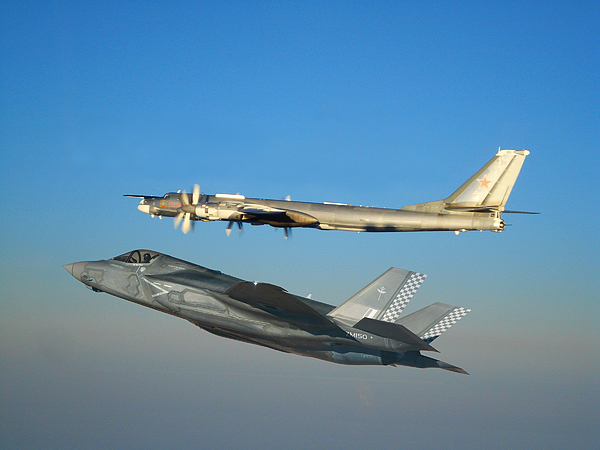
Amid this high-stakes arms race, India’s main opposition party, the Indian National Congress, has pounced on criticism from Trump’s allies and billionaire Elon Musk regarding the F-35 program, using their words as ammunition to launch a scathing assault on Modi’s government.
With political tensions soaring and national security on the line, the debate over India’s fighter jet procurement has erupted into a fierce battleground.
“Why is Narendra Modi so determined to acquire the F-35, a fighter jet that Elon Musk once called ‘garbage’?” read a post on Congress’ official X (formerly Twitter) account over the weekend, emphasizing the aircraft’s high price and expensive operational costs.
The Congress statement referred to a post by Elon Musk on X in November 2024, in which he shared a video about drones and wrote: “Meanwhile, some are still building manned fighter jets like the F-35.”
Musk later followed up with another post on X, stating: “Manned fighter jets are obsolete in the era of drones.”
During the recent Aero India 2025 aerospace exhibition, Rosoboronexport, Russia’s state-owned defense export company, offered India a comprehensive partnership in its fifth-generation fighter aircraft (FGFA) program, specifically for the export variant of the Su-57E.
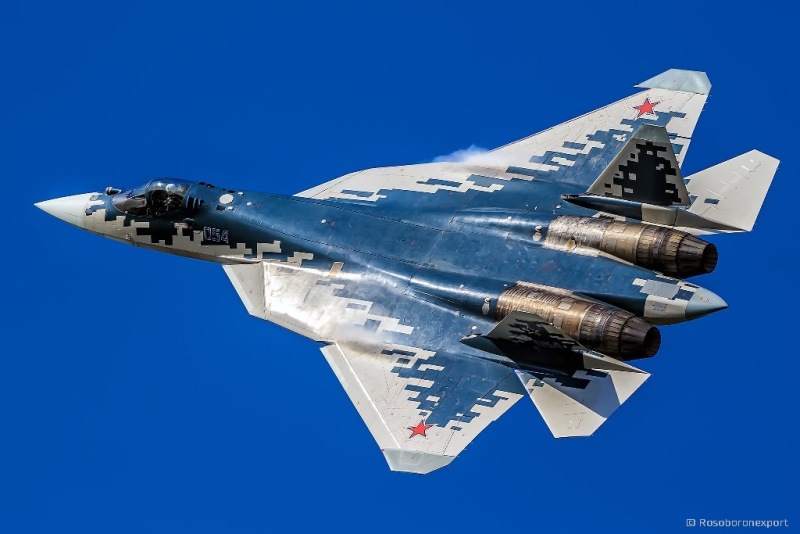
Rosoboronexport Director General Alexander Mikheev stated that India had been offered a broad collaboration on the Su-57E project, including local production.
“Our offer includes supplying fully assembled aircraft, setting up joint production in India, and supporting the development of India’s own fifth-generation fighter program,” Mikheev was quoted as saying by Sputnik India.
The offer comes as Russia intensifies efforts to promote the Su-57 in the export market, with state-owned defense company Rostec claiming a growing global demand for the aircraft.
Meanwhile, Indian defense analyst and Times of India columnist Tathagata Bhattacharya has sounded the alarm, pointing to a damning 2024 report from the Director of Operational Test and Evaluation (DOT&E)—the top watchdog advising the U.S. Secretary of Defense.
The report exposes a shocking reality: as of late 2023, the U.S. Air Force’s (USAF) fleet of 628 F-35s had a dismal full mission capability rate of just 30%—less than half of what is expected from a fully operational air force, which typically maintains a rate of at least 65%.
The findings grow even more troubling. The report reveals that the F-35s are plagued by chronic breakdowns, with each grounded jet spending an agonizing 141 days in repair before returning to service.
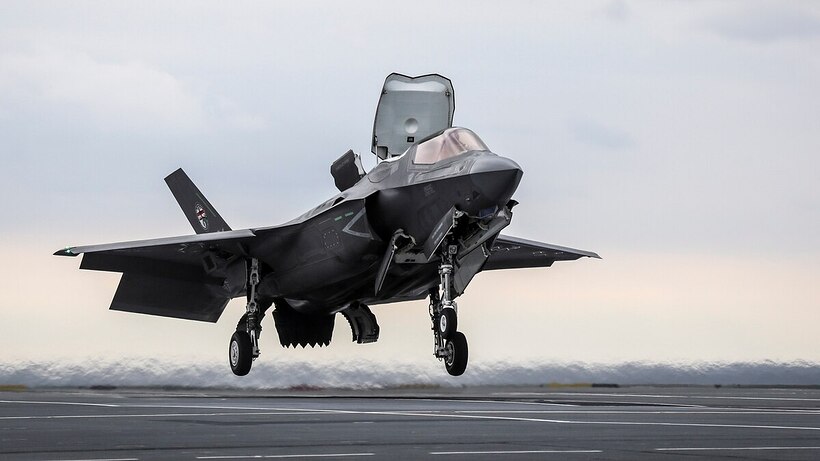
Even more alarming, the aircraft’s critical failure rate—life-threatening malfunctions that could put pilots at risk—was more than double the acceptable threshold.
These revelations cast a dark shadow over the F-35’s reliability, fueling doubts about its suitability for India’s defense ambitions.
A scathing 2024 report from the Pentagon’s top testing office has further exposed the F-35 program’s deepening crisis, revealing a critical shortage of spare parts for essential components—including engine parts, canopies, Distributed Aperture System (DAS) sensors, nacelle vent fans, and at least seven other key systems.
The alarming deficiencies have left fleets vulnerable, with no immediate solutions in sight.
Adding to the chaos, a major flaw in software and hardware integration—specifically avionics upgrades—forced the U.S. Air Force to completely halt F-35 deliveries in July 2023.
The issue remains unresolved to this day, as the much-anticipated TR-3 software (version 30R08) remains incomplete, further eroding confidence in the fighter’s operational readiness.
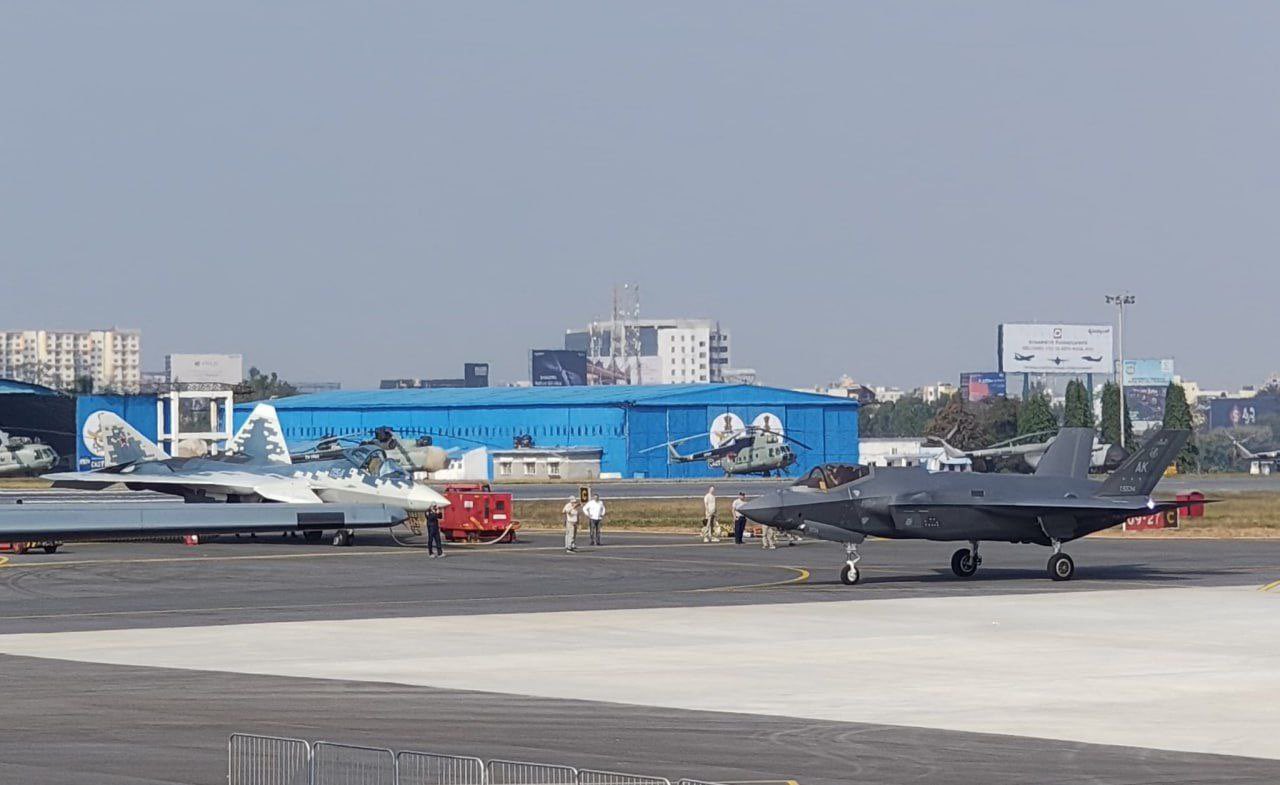
Bhattacharya issued a stark warning: “Imagine if the Indian Air Force inducts 36 F-35s into two squadrons—at any given time, only 10 will be fully mission-capable, while the rest will languish as ‘hangar queens.’”
He questioned the very logic of such a procurement, stating: “No matter how advanced a fighter jet’s capabilities may be, if it cannot be relied upon to respond when needed, what is the point of purchasing such a platform? Moreover, the U.S. will never share its sensitive technology and source codes.”
With operational failures piling up and strategic concerns mounting, the F-35’s viability for India’s defense future appears increasingly uncertain.
— DEFENCE SECURITY ASIA

